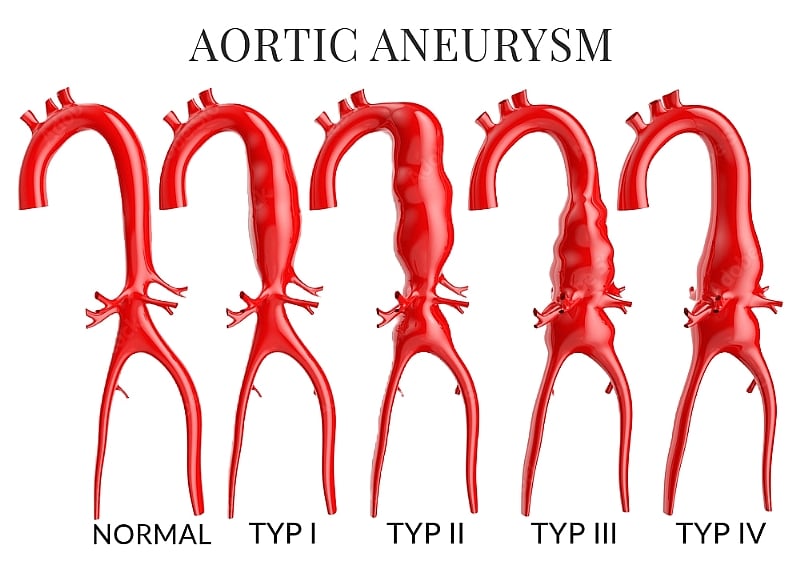Aortic aneurysms are significant vascular health concerns that often come with a variety of myths surrounding their causes, symptoms, and management. Understanding these misconceptions is crucial for better awareness and prevention. Myth number one is that aortic aneurysms cannot be prevented. This is false; adopting a healthy lifestyle—such as avoiding tobacco and alcohol, engaging in regular physical activity, and following a heart-healthy diet—can significantly reduce the risk of developing an aortic aneurysm. These preventive measures empower individuals, proving that lifestyle choices significantly impact vascular health.
Another common myth is that aortic aneurysms are always associated with pain. In reality, most aortic aneurysms, particularly in their early stages, are asymptomatic, meaning they do not present any noticeable symptoms. Consequently, many individuals may remain unaware of their condition until it advances or leads to complications. This highlights the importance of routine medical checkups for those at higher risk, as early detection can facilitate timely intervention and effective management of the condition.
Furthermore, there is a misconception that genetic defects solely cause aortic aneurysms. While family history is indeed a vital risk factor, it is not the only cause. Various other influences, including dietary habits, smoking history, alcohol consumption, elevated blood pressure, high cholesterol levels, and age, all play critical roles in the development of aortic aneurysms. This broader understanding underscores the multifaceted nature of aneurysm development and emphasizes the importance of addressing modifiable risk factors to reduce the likelihood of this condition.
Age is often seen as the only demographic risk factor for aortic aneurysms, leading to the myth that they primarily affect older populations. However, it is important to note that aortic aneurysms can also develop in younger individuals, especially those with high blood pressure, a family history of the disease, or pre-existing conditions, such as Marfan syndrome. Recognizing that younger patients are at risk is essential for early identification and management of aortic aneurysms across all age groups.
Moreover, there is a prevalent belief that only men are affected by aortic aneurysms. While research indeed indicates that men have a slightly higher incidence than women, it is incorrect to assume that women are immune to this risk. Women can and do develop aortic aneurysms, thus awareness and preventive strategies should be equally targeted towards both genders. This myth highlights the need for broader education surrounding vascular health.
Lastly, many people believe that those diagnosed with aortic aneurysms should avoid exercise entirely. This is misleading as moderate physical activity can actually be beneficial for individuals with this condition by helping to manage blood pressure and enhance overall health. However, it is crucial for patients to consult with a vascular surgeon to determine a safe exercise regimen suitable for their specific health circumstances. The management of aortic aneurysms can be complex but understanding the facts behind these common myths can lead to better prevention, awareness, and patient outcomes.


